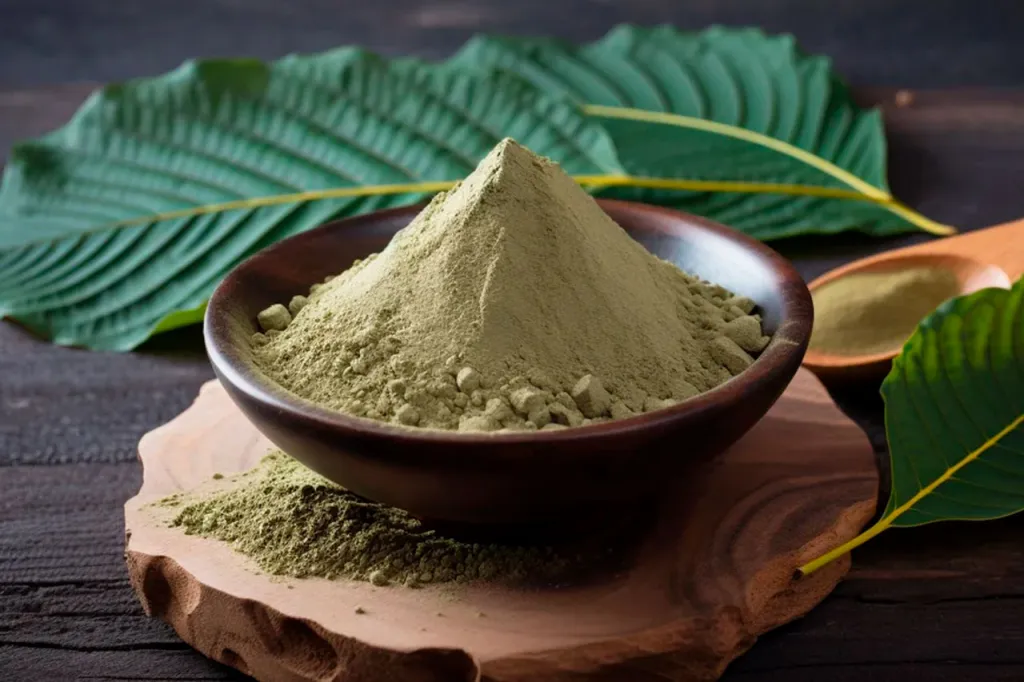Kratom, derived from the Mitragyna speciosa tree native to Southeast Asia, has gained popularity as a natural alternative for pain relief. Its alkaloids interact with opioid receptors in the brain, providing analgesic effects without some of the adverse side effects associated with traditional opioids. If you are considering using kratom powders for pain relief, here’s a user’s guide to help you navigate its benefits and potential pitfalls. Kratom strains vary in their alkaloid composition, which influences their effects. For pain relief, red vein strains like Red Bali, Red Mean Da, and Red Borneo are popular choices due to their potent analgesic properties. White vein strains are known for their energizing effects and may not be as suitable for pain management, while green vein strains offer a balance between pain relief and stimulation.

Dosage Considerations:
Start with a low dosage 1-2 grams if you are new to kratom. Gradually increase the dosage until you achieve the desired pain relief without experiencing adverse effects like nausea or dizziness. A moderate dose 2-4 grams is commonly effective for pain relief, but individual tolerance levels vary, so adjust accordingly. Avoid exceeding high doses 5 grams or more as they can lead to tolerance buildup and potential side effects. Kratom powders can be consumed in various ways, including toss-and-wash directly swallowing the powder, mixing with beverages or foods, or using kratom capsules for precise dosing. It is crucial to stay hydrated when using kratom to prevent dehydration, especially if you experience sweating as a side effect.
Managing Tolerance and Dependence:
To prevent tolerance buildup, practice moderation by taking kratom on an as-needed basis rather than daily. Rotating between different kratom strains can also help mitigate tolerance and maintain effectiveness. While kratom is generally well-tolerated, some users may experience side effects such as nausea, dizziness, constipation, or irritability. If you encounter adverse reactions, reduce your dosage or take a break from kratom to allow your body to reset. Purchase kratom powders from reputable vendors who provide lab-tested products to ensure quality and purity. Avoid synthetic kratom products and opt for organic, naturally sourced powders for the best results.
Consulting with Healthcare Professionals:
If you have underlying health conditions or are taking medications, consult with your healthcare provider before using kratom for pain relief. Pregnant or nursing women, kratom for pain and individuals with a history of substance abuse, should avoid kratom usage due to potential risks. kratom powders can be a valuable tool for managing pain when used responsibly and with proper understanding of dosing, strains, and potential effects. By following this user’s guide, you can navigate the world of kratom for effective pain relief while minimizing risks.